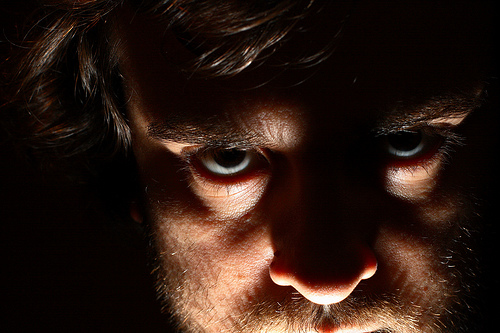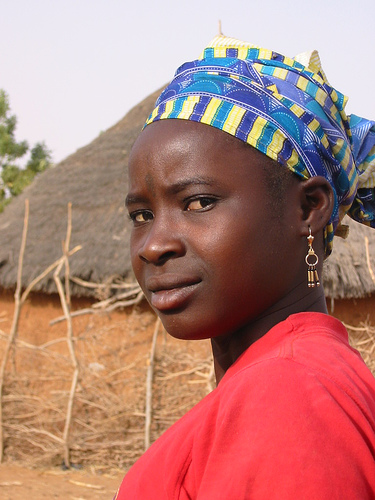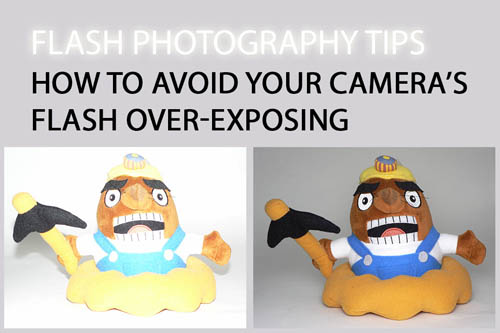Low Light Photography Secrets
Photographers often think of low light situations as restricting their ability to take good photographs but nothing could be further from the truth. You see there are really two ways to view low light situations; you can seek to use them as a creative opportunity or see them as a restriction you need to overcome. Irrespective of how you personally view the situation there are lots of things you can do to ensure you can take great images in low light.
Read the rest of this entry »







